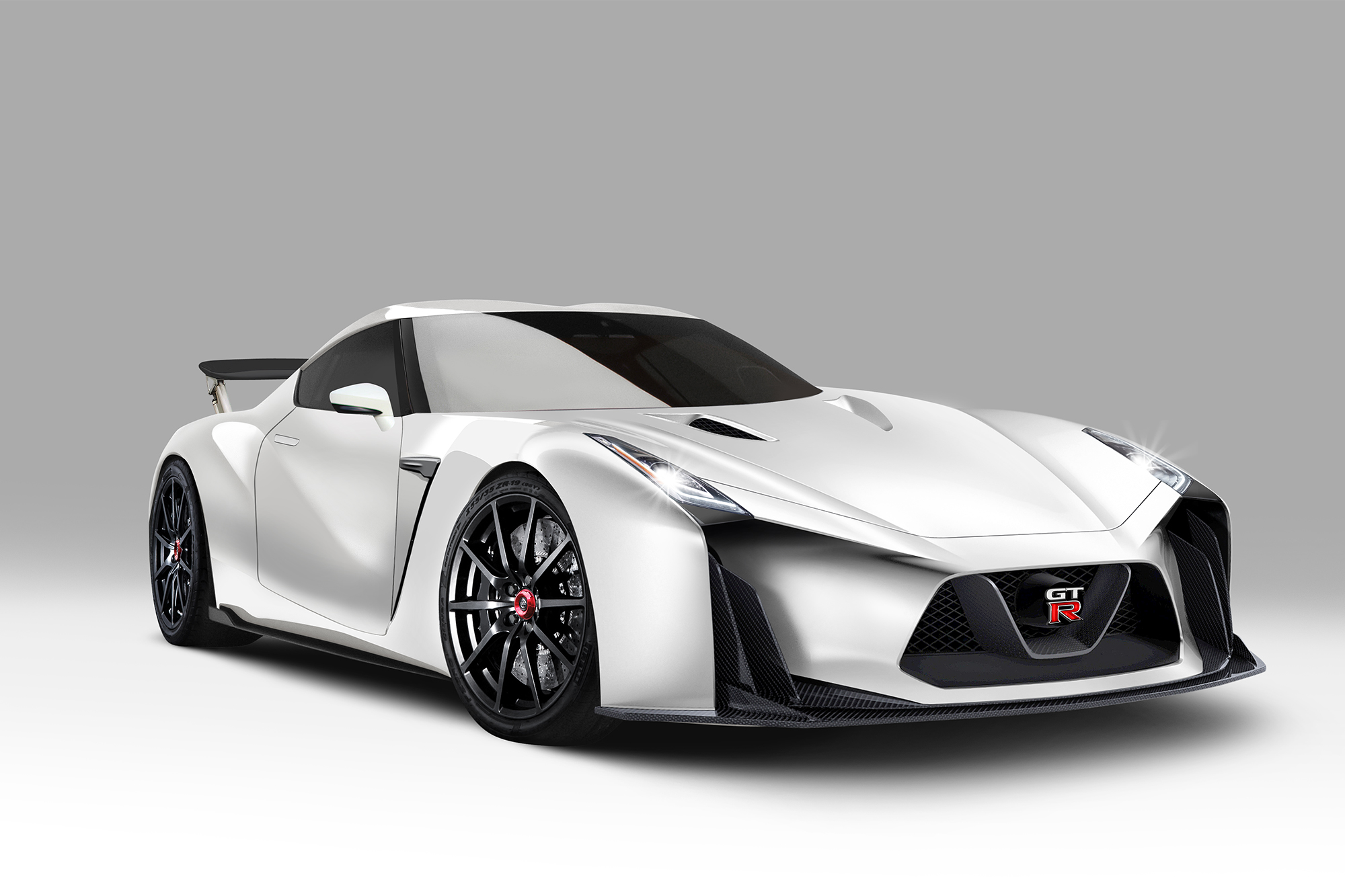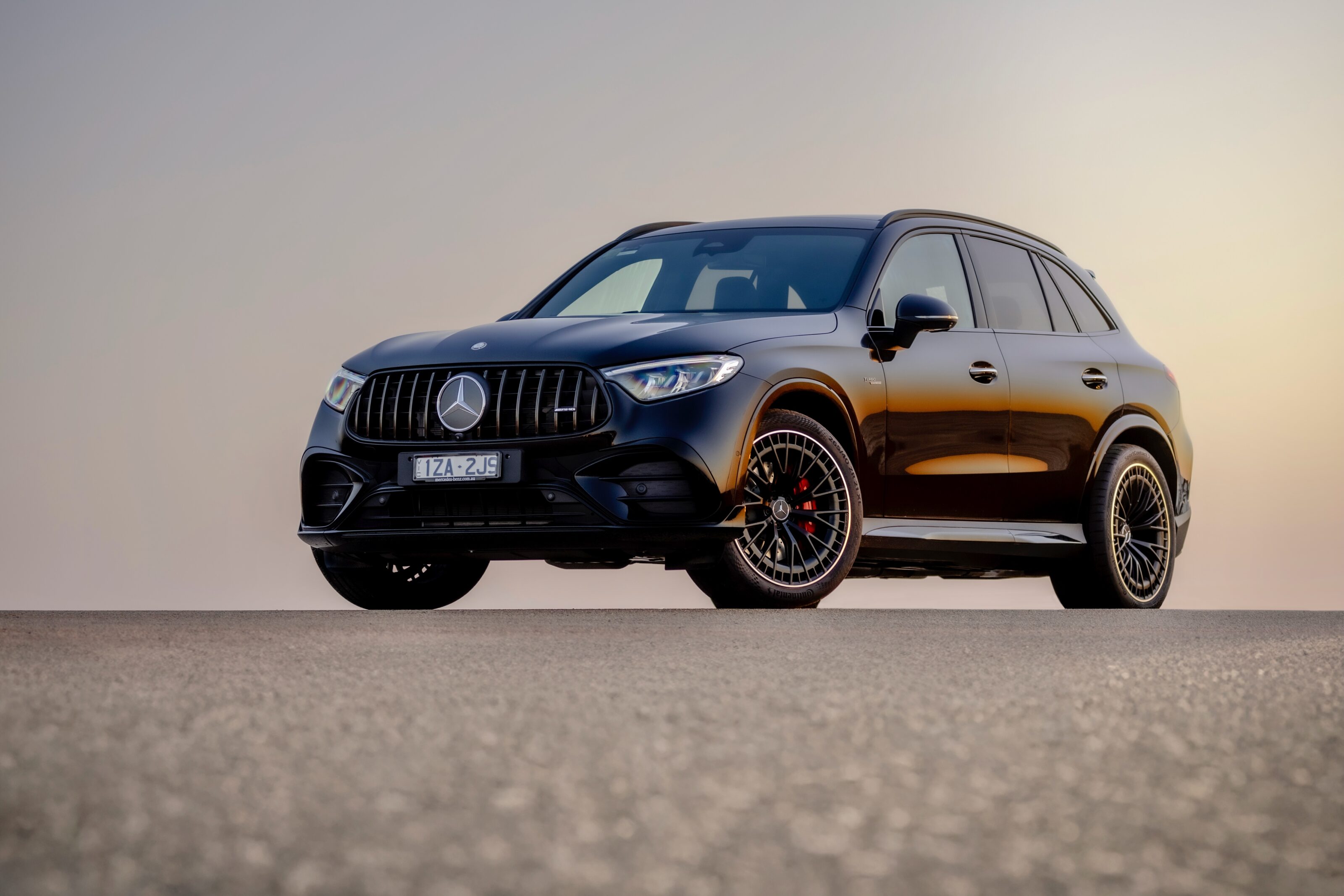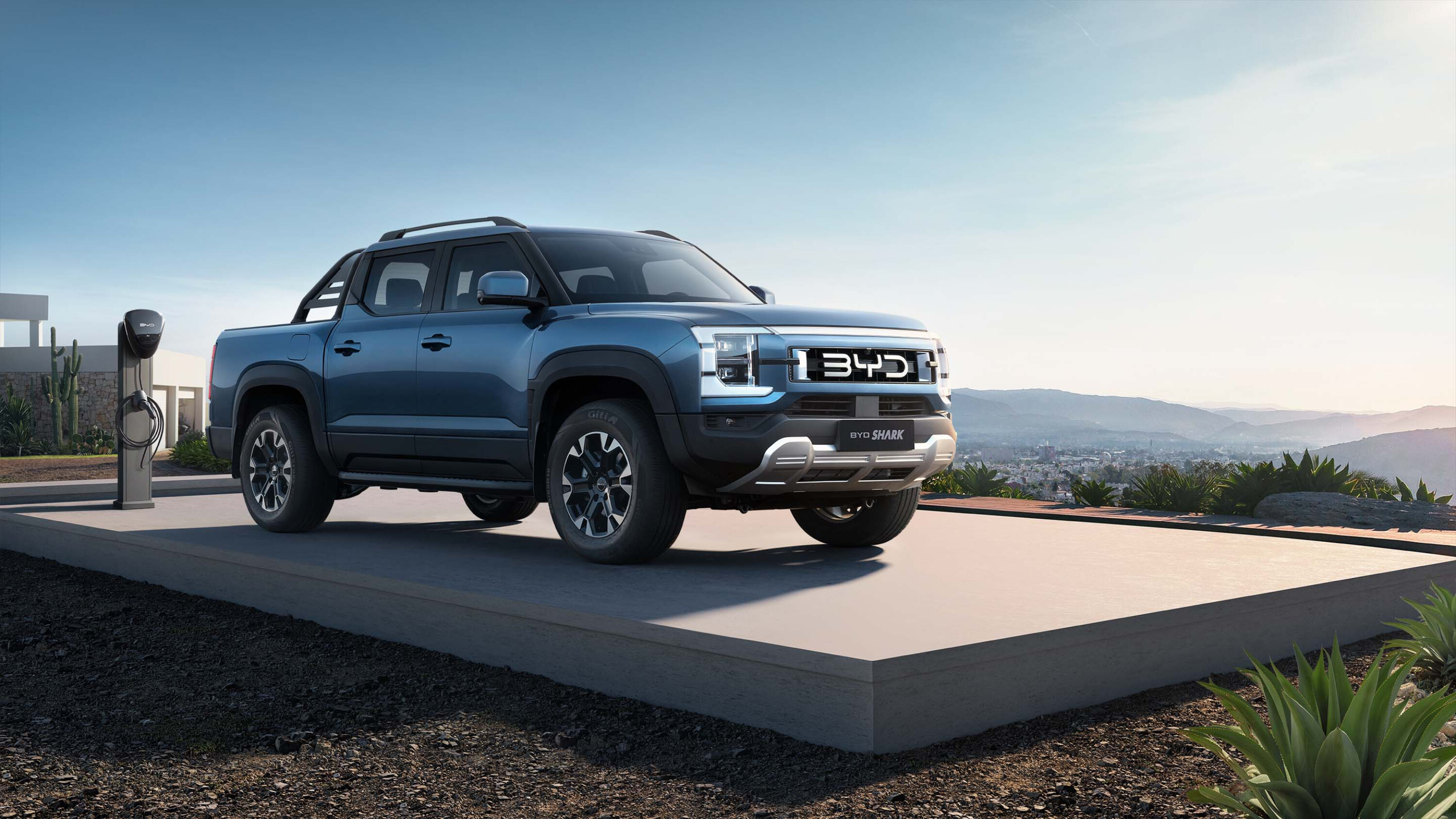Snapshot
- No end in sight for current-gen GT-R
- Rumours indicate that R35 will go hybrid in 2023
- Next-gen ‘R36’ may only be due in 2027 or beyond
Cast your mind back to the year 2007. Spiderman 3 was in cinemas, and Steve Jobs was banging on about this new thing called an iPhone.
It may sound a little bit absurd to hear that there is still a car on sale today, that went on sale back when mobile phones still had physical number pads. And yet, when Nissan peeled back the curtain on its 2021 GT-R Nismo in April, we were greeted by a very familiar face.
If you happened to miss it, worry not as you didn’t miss out on much. A new ‘stealth grey’ colour has been added to the palette, and the production debut of Nissan’s modernised new badge round out the changes to the ageing supercar. Yes, there’s a new Special Edition with a carbon fibre bonnet, forged wheels and some finely-balanced internal engine components, but the crux of the matter is there’s been no improvement to power or torque, and no real ‘development’.
Hiroshi Tamura, boss of GT-R, maintains he is committed to the incremental development of the R35 GT-R, but is it just us or is the increment getting smaller?
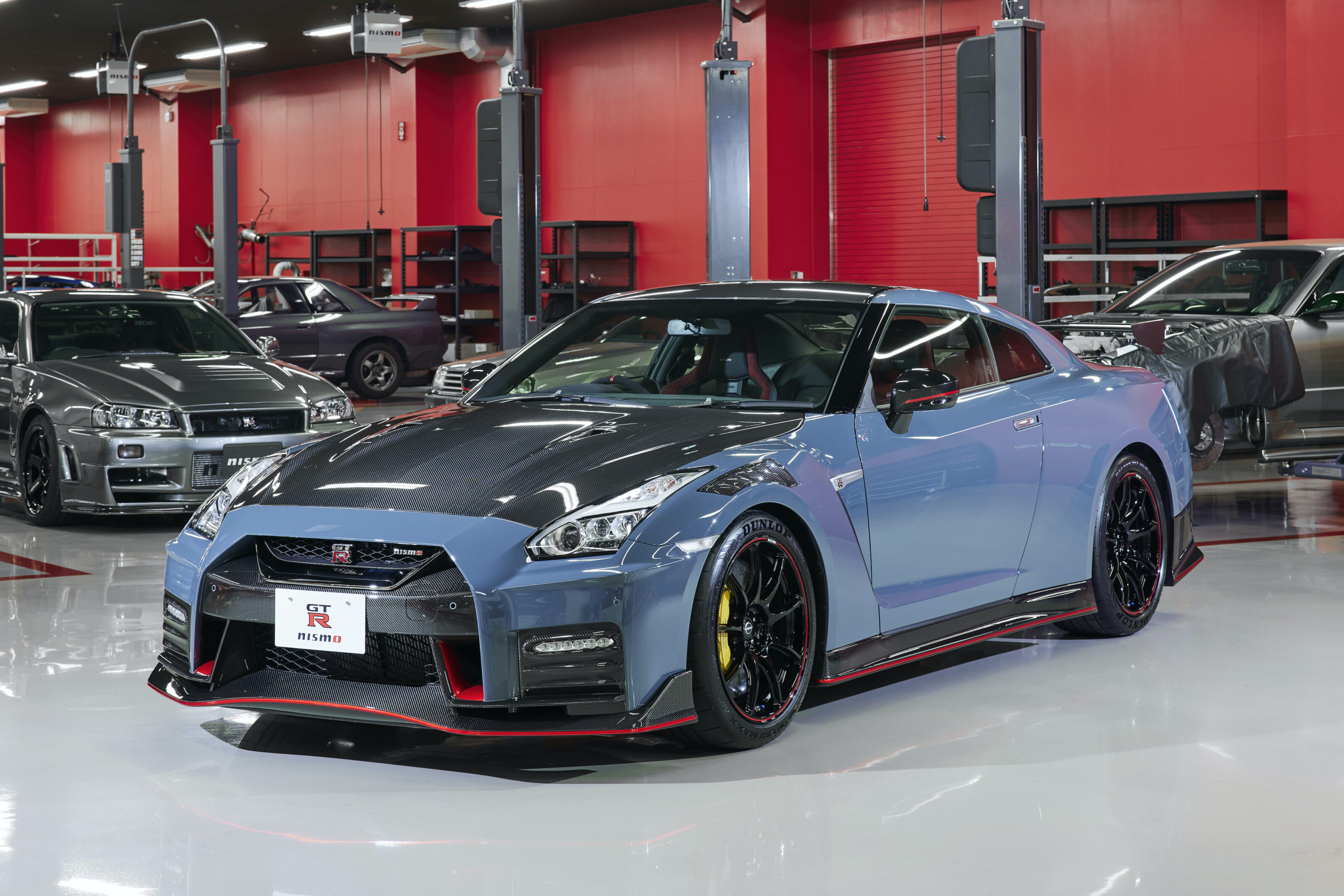
Of course, Nissan’s impending Z fortifies the belief that it isn’t turning its back on its enthusiast offerings, but there’s genuine market demand for an all-new GT-R. Some internet pundits wondered whether this latest Special Edition was the R35 GT-R’s swansong, but reports from Japanese outlet Best Car indicate otherwise.
While rumours have been circulating that the next iteration of GT-R will be hybrid assisted, Best Car alleges that, as Nissan is expected to meet US CAFE (Corporate Average Fuel Economy) regulations due to its large-scale EV manufacturing, the pure-petrol GT-R will be kicking about until at least 2022. Best Car also reports that we will see a Final Edition send-off in 2022, more closely based on Nissan’s GT3 race car, packing around 530kW (up from the current car’s 441kW).
It further mentions rumours that the next iteration of GT-R will still be largely based on the R35’s architecture, albeit augmented by a 48-volt mild hybrid system, extending its life by a few years.

According to this timeline, that means we may only see a totally new generation of GT-R by 2027 or beyond. That’s a whopping 20-year production lifecycle. But is that really out of the question?
Even before Covid, Nissan was rocked by dismal sales in key markets, a number of corporate scandals and an ageing portfolio. In 2019, the company announced that it would be slashing global production by 10 per cent by 2023 as well as culling 12,500 jobs. Understandable then, that the development of its flagship sports car had been put on the backburner. There’s also something else that perhaps gives credence to the above rumoured timeline.
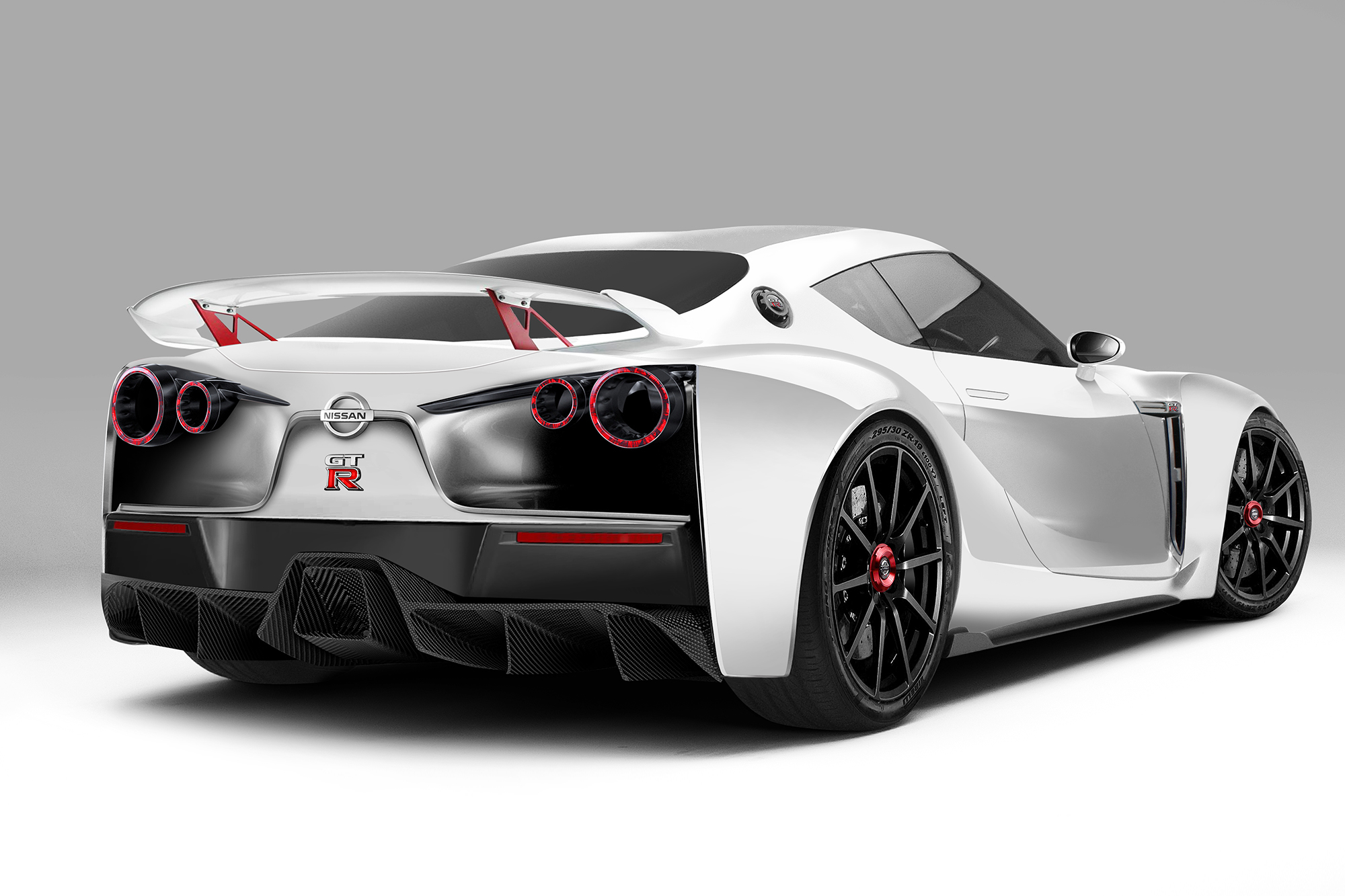
In 2019, MOTOR interviewed Tamura at the local launch of the Nissan GT-R 50th Anniversary model. We asked how the trajectory of GT-R might have changed if the KPGC110 project of 1972 hadn’t been cut short by the oil crisis. He touched on something interesting, explaining that the technology and basic architecture of GT-R is good for almost 20 years.
He points to the original ‘Hakosuka’ GT-R of 1969, traces a line past the interim C110-generation which utilised the same S20 engine, and floorpan of the preceding Skyline C10, unchanged.
Some 20 years later, in 1989, the R32 GT-R appeared and its driveline endured through R33 and R34 generations for the next 15 years of production, before R35 finally appeared 18 years after R32. The R35 GT-R is 14 years old this year, and if Tamura’s timeline is true, it seems there is still a fair bit in the tank for the GT-R after all.
We recommend
-
 Features
FeaturesWhat makes the R34 GT-R V-Spec N1 the ultimate Skyline
Despite the financial woes of its parent company, the last of the Skyline GT-R line remains the most sought after.
-
 Features
FeaturesNISMO GT-R R33 400R & GT-R R34 R-Tune review
Nismo’s on-road prowess started with these two all-paw beasts, the R33 400R and the R34 R-tune
-
 Features
FeaturesThe World’s Best Nissan GT-R Collection
A tour of Melbourne’s V-Spec Performance reveals some special GT-Rs


